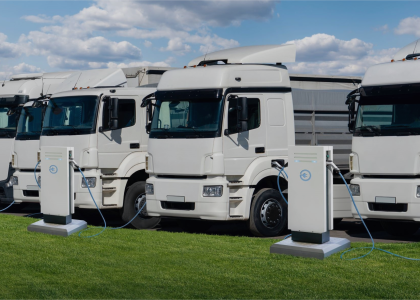Program costs include those for program administration, implementation and evaluation. Because program costs reduce utility revenues on a dollar-for-dollar basis, the reasonable, timely opportunity for recovery of these costs is a minimum requirement for the implementation of energy efficiency programs by utilities.
There are several options for recovery of program costs, depending on whether they are treated as an expense or a capital cost. The most common approach is to treat program costs as an expense, which is then recovered as an additional element of the revenue requirement during the next rate case, or through the levying of a public benefits charge or tariff rider.
Rate Case Recovery
The advantage of recovering costs through general rate cases is that doing so is consistent with existing regulatory rules and procedures, and utilities can therefore be reasonably assured of timely cost recovery, particularly if there is a frequent balancing mechanism in place between rate cases. For example, Arizona utilities recover most of the costs associated with efficiency programs through rate cases. The Arizona Commission Corporation (ACC) has authorized an annual $10 million addition to the revenue requirement of the Arizona Public Service Company (APS) to fund efficiency programs, performance incentives and low income bill assistance.
Public Service Surcharge
A second straightforward means of recovering program costs treated as an expense is to add a public service surcharge ("system benefits charge") to customer bills. For example, Massachusetts requires utilities to levy a monthly charge of 2.5 mills ($0.0025) per kWh on all customer bills to fund energy efficiency programs. This money goes into a trust fund that is used to pay a portion of program costs estimated by each utility. Other funding sources for programs include revenue from the sale of emission allowances under the Regional Greenhouse Gas Initiative (RGGI) and the NOx Allowance Trading Program, as well as proceeds from the New England ISO Forward Capacity Market.
In practice, recovery of efficiency program costs takes place through some combination of base rate adjustments, system benefits charges and other surcharges. Colorado, the District of Columbia, Iowa, Pennsylvania, Texas, Utah, Washington and Wisconsin all use a combination of these policies to recover costs.
Capitalization
An uncommon approach to cost recovery involves treating efficiency programs costs like an investment in physical capacity, adding the amortized cost and an approved return on capital to the revenue requirement, which is then passed on to the customer as an increase in per-kilowatt-hour or per-therm rates at the next rate case. Although capitalization has been used in the past by Oregon, Idaho, Nevada and Washington, it is no longer the preferred method of cost recovery. This is because capitalization spreads out cost recovery over an extended period of time, raises the total cost of efficiency programs, and allows for a return on capitalized program costs that is not tied to program performance.
Model Language
- Massachusetts General Law, Chapter 25 §19: Establishes a mandatory system benefits charge to fund utility-led energy efficiency activities
- Arizona Corporation Commission, Decision No. 67744: Provides an example of cost recovery through base rate adjustments



